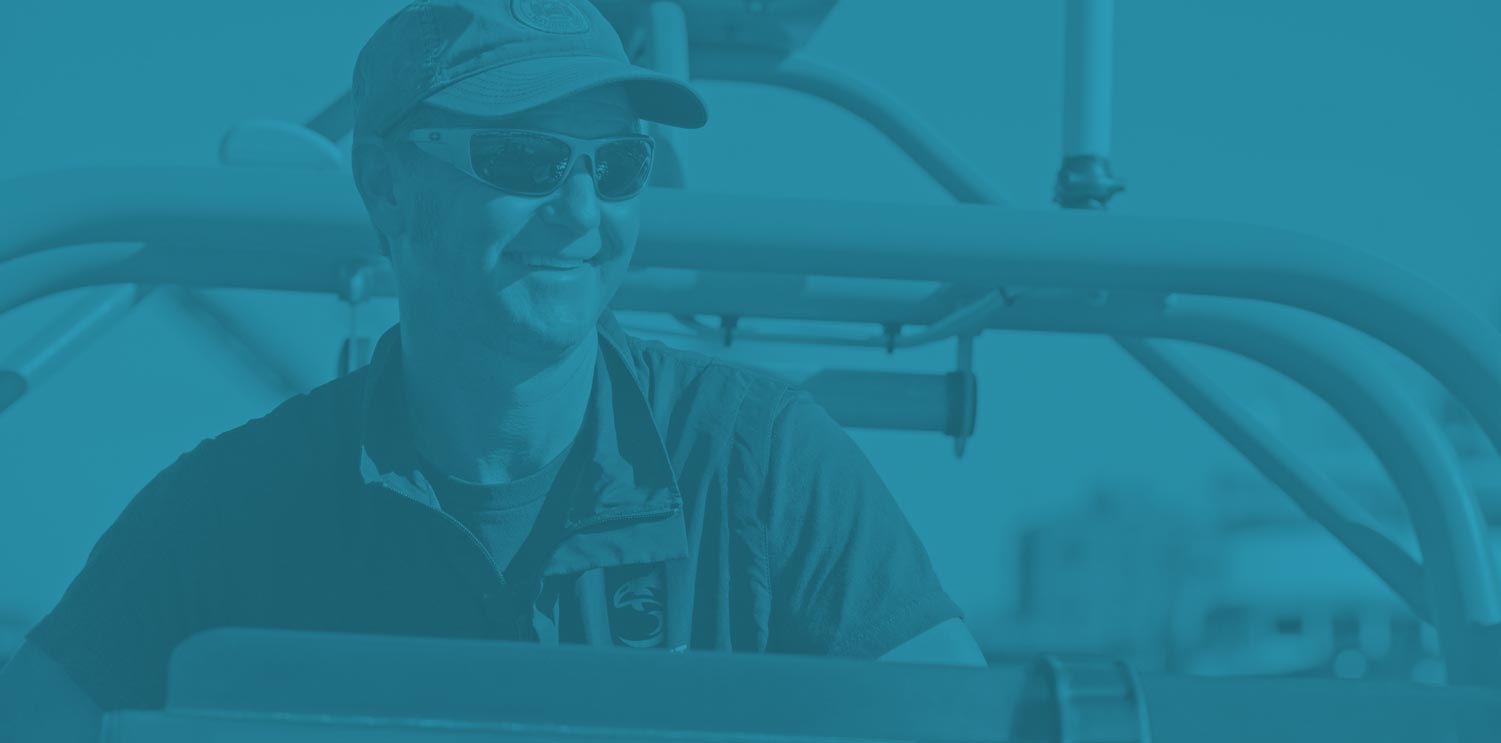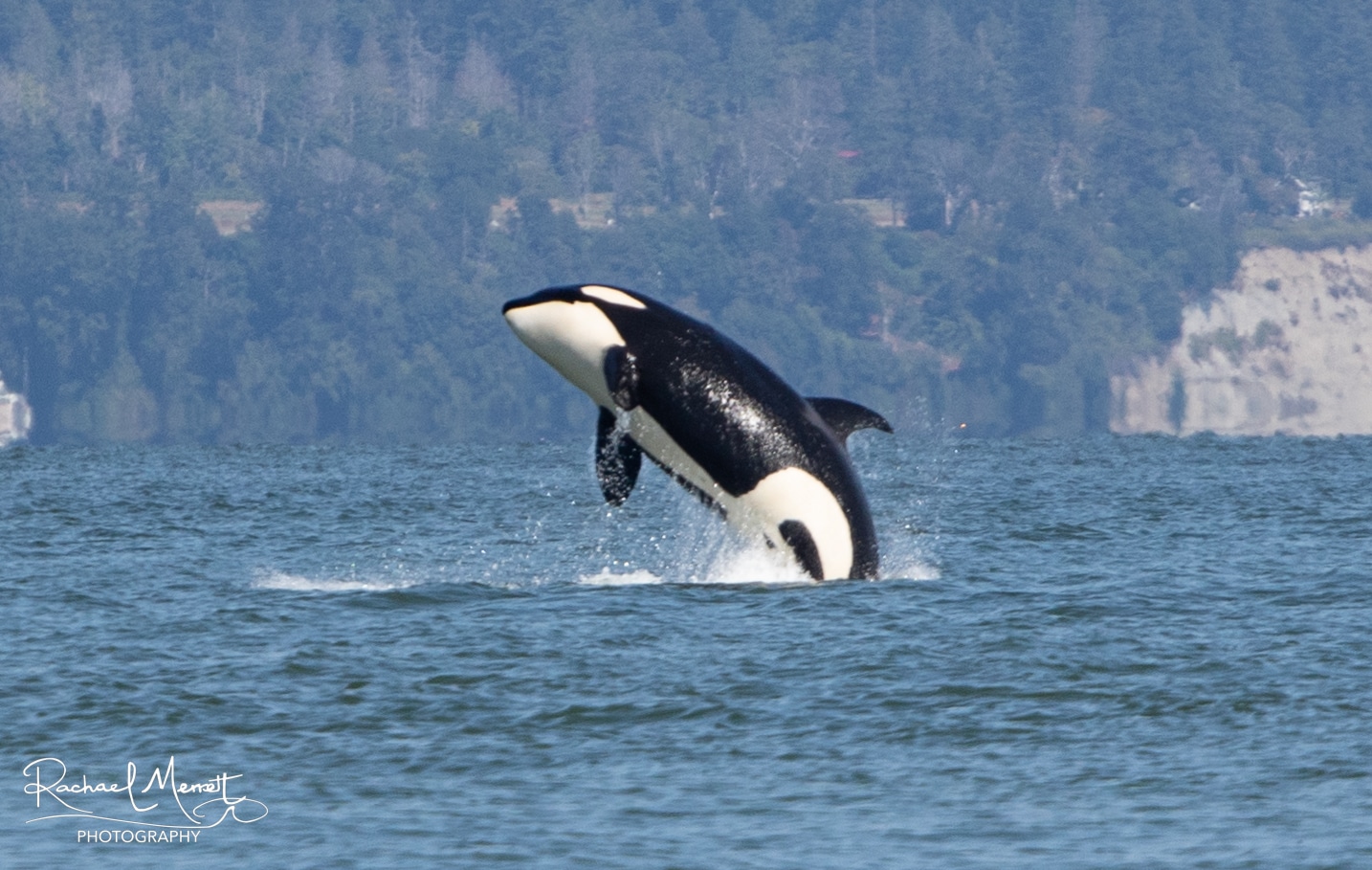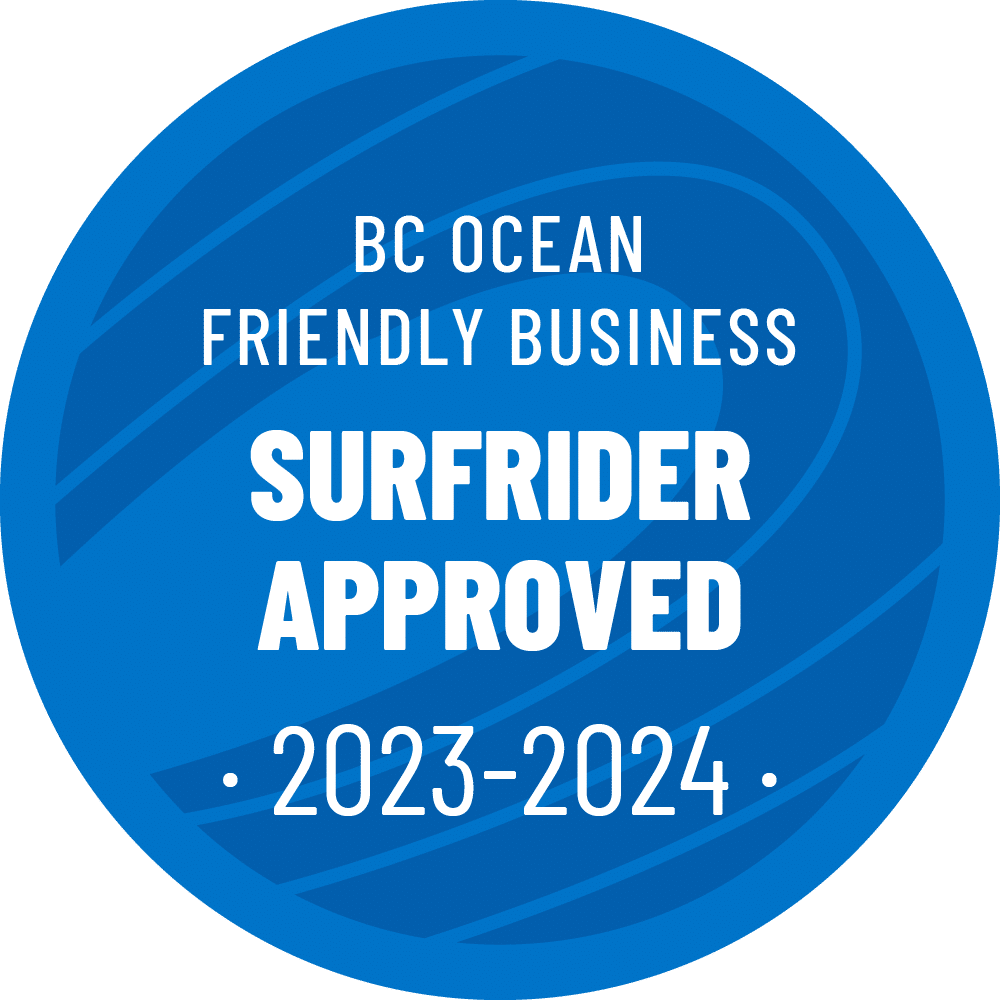West Coast Bigg’s (Transient) Killer Whales are a unique ecotype of orca who reside off the Pacific Coast of North America, ranging from Alaska to Northern California. Bigg’s Killer Whales are known as the mammal-hunters because their diet consists of seals, sea lions, porpoises, dolphins, and larger whale species like humpbacks, minkes, and grey whales.
Bigg’s Killer Whales typically travel in smaller family units consisting of a mother and her offspring, with several families spanning three generations and they’re frequently seen traveling, socializing, and hunting with other family groups. In recent years, the presence of mammal-hunting orcas in the Salish Sea is an almost daily occurrence. It is always exciting to watch the social dynamics and hunting skills of these top predators of the sea. You can learn more about and even see some of these Bigg’s Killer Whale families on our whale watching tours.
T18 Family
The T18 Bigg’s Killer Whale family is famous in local waters and is easily a fan-favourite among the whale watching community as they tend to visit the area many times every year. This small family unit spans three generations with Esperanza (T18), named after an inlet on the west coast of Vancouver Island, being the matriarch. She is the mother of Mooyah (T19), who is estimated to have been born in 1965 but could be younger. Mooyah is named after Mooyah Bay in Nootka Sound.
Mooyah has two sons named Galiano (T19B) and Spouter (T19C). Galiano was born in 1995 and is very famous because of his HUGE dorsal fin! His dorsal fin remains very wide from base to tip unlike most other killer whale males whose dorsal fins taper from the bottom to the top. If fact, Galiano’s dorsal fin is so big, it leans to the left. He also has a large nick in the trailing edge of his dorsal fin. Spouter was born in 2001 and is often seen surfacing alongside this mother. He is known for his tall, lean dorsal fin with a slight nick near the top.
T10 Family
The T10 Family is a beloved duo often seen on the patrol for Harbour Seals along the shores of South Vancouver Island. Langara is approximately 56 years old and her son Bones was born in 1999. Langara has a very unique nick in her dorsal fin that allows us to ID this pair from very far away. Male killer whales are known to spend their entire lives with their mother, so it is no surprise that Bones is always seen by his mother’s side.
T46B Family
The T46B matriline is probably one of the most famous and beloved Bigg’s Killer Whale families along the coast of BC. Not only are they one of the largest families, they include the famous greyish-white youngster named Tl’uk or T46B1B. Raksha is head of this family and was born in 1988. She has given birth to six known calves with five of them still alive today.
She lost her fifth calf (T46B5) in the only infanticide ever recorded in the killer whale species globally. An unrelated adult male nicknamed Ken (T68A) and his mother Yakataga (T68) attacked and killed newborn T46B5 in 2016.
Raksha’s first offspring Tread (T46B1) was born in 2003. She then gave birth to Akela (T46B2) in 2008, Sedna (T46B3) in 2011, Quiver (T46B4) in 2013, and yet to be named T46B6 in 2019. Tread, Akela, Sedna, and Quiver are all female and T46B6’s gender is still unknown.
Tread had her first calf, a girl named Tsakani (T46B1A) in 2015. Then came Tl’uk (T46B1B) in 2018. Tl’uk not only caught the eye of local whale watchers and researchers, he also drew the attention of people globally because he is not your average black and white orca. Tl’uk looks like he has been white-washed and scientists are not entirely sure what condition Tl’uk has that is causing the muted pigmentation in his cells. Some suspect a condition called leucism may be the culprit. His pale colouration resulted in naming him Tl’uk, which is a Coast Salish Halq’eméylem name for moon.
T11A
T11A is a lone male we like to call Rainy who was born in 1978. Rainy holds a special place in our hearts as we all treasure the moments we would watch him and his mother Wakana (T11) prowl the shorelines of South Vancouver Island. They also checked out the Esquimalt Harbour for seals more than any other Bigg’s family. Sadly, Wakana passed away in the spring of 2019.
Male killer whales often spend their entire life alongside their mother, so it is hard to see Rainy without Wakana. Now that Rainy is alone, we sometimes spot him socializing with other lone males or even hanging out with other families for short periods of time. He is like an old friend that we often meet at the coffee shop – the coffee shop being the Salish Sea!
T36A Family
The T36A family is another Bigg’s Killer Whale matriline commonly seen in local waters. The first whale in the family we often identify is Tierna (T36A1) because she has a very distinct and unique tear in her dorsal fin. Tierna is never far from her mother Leland (T36A) who leads the family and was born in 1990. Leland has two additional offspring named Kailas (T36A2) and Storm (T36A3).
The T36A family is extra special to Orca Spirit crew because one of our marine naturalists, Talia Goodyear, actually named Storm! Scientists, NGO’s, and whale watchers all work together to give the whales common names so that it is easier for the general public to remember their names and connect to their stories. Talia chose the name Storm because of the lightning bolt-shaped scar in Storm’s left saddle patch.
T37A Family
The T37A family is another large matriline who is always exciting to see when we are out on the water. Volker (T37A) is the mother of the group, easily identified by the large nick in the centre of the trailing edge of her dorsal fin. She was named after a Bigg’s Killer Whale acoustics researcher. Volker has five offspring in tow. Inyo (T37A1) was born in 2007, next came Inky (T37A2) in 2009, then Spinnaker (T37A3) in 2013, Crinkle (T37A4) is number four and was born in 2015. Finally, T37A6 arrived in 2019 and is yet to be named.
Inyo (T37A1) has a large tear in his/her fin near the top, with a teeny-tiny nick just below. Inky’s (T37A2) dorsal fin has a bit of a wobbly edge and a nick where his or her saddle patch starts. Spinnaker (T37A3) does not have any nicks in his dorsal fin. Most unique of all though is the slightly bent dorsal fin of Crinkle (T37A4) that leans to the right. In fact, spotting Crinkle is a dead giveaway as to who we are looking at when we first encounter this Bigg’s Killer Whale family!
T63
T63 is probably the most famous male on the entire coastline of the Pacific Northwest. He was once more elusive to our area and since 2010 he has been spotted more and more in the inland waters of the Salish Sea. Once you first see T63, you immediately know why he is also called Chainsaw! This charismatic guy has two huge chunks out of the trailing edge of his dorsal fin unlike any other killer whale on the coast.
Chainsaw was born in 1978 and scientists believe this mother is Whidbey II (T65) as he is sometimes spotted traveling with her. Chainsaw can be a bit of a social butterfly, traveling with other Bigg’s Killer Whale families for short periods of time. On other occasions he is rocking the solo life, cruising the Salish Sea as he looks for seals to munch on. He is definitely a thrilling whale to see and an individual you will never forget!
Don’t miss your chance to learn more about and view some Bigg’s Killer Whale families on a whale watching tour with Orca Spirit!









